Brands are ditching lifetime warranties—but not because they’re taking advantage of you
Ren Barrus was just an intern at Cotopaxi, an outdoor gear and apparel company, when he noticed piles of used backpacks and jackets sitting in boxes at the warehouse. The company was only 3 years old—still a startup—but already, customers were eagerly using its 61-year warranty. One broken zipper and the brand would send a completely new backpack, no questions asked. It wasn’t that consumers were gaming the system; they just expected durability. Two years later, by then a team lead, Barrus launched a guerrilla repair program: When customers sent in their broken gear, he’d drive it to his mom’s house in Utah where she would fix it up on her sewing machine, and ship it back. While no one at the company knew about it, this type of initiative was encouraged in Cotopaxi’s culture. Once he had a few success stories, he pitched it to leadership and they made it official in 2018. That homegrown effort laid the foundation for Cotopaxi’s now fully developed circularity program. Today, the brand starts with sustainably sourced materials and extends the life cycle of products through Mas Vida, its resale platform that sells “pre-loved” gear. Although the brand still offers a lengthy warranty, repairs—not replacements—are now the first line of defense. [Photo: Cotopaxi] Lifetime warranties, which have long served as a signal of quality, used to be the gold standard. But in an era of fast fashion, shifting consumer habits, and rising climate urgency, that promise doesn’t carry the same weight. Some companies now use lifetime warranties more as a customer loyalty hack than a commitment to longevity—often because sending out a new product is cheaper than handling repairs or returns. While many customers love the convenience, others are growing tired of the waste. Reddit threads are full of users who’ve replaced an item multiple times, only to run into the same flaw again and again. Brands like Cotopaxi are rethinking what it really means to stand behind a product—and they’re betting that today’s consumers want something more lasting, thoughtful, and adaptable. From Policy to Practice Mattress company Saatva, which has been around for 15 years, is another example of a long-standing repair model. Through its “Friends for Life” warranty, the company replaces any defective mattress within the first two years, free of charge. “After that, we instead encourage our customers to repair if there’s a damage or defect versus disposing of a perfectly fine mattress,” says Rocco DiMilta, senior vice president of business operations. Of course, not every brand has the infrastructure to make this work. DiMilta explains that most bed-in-a-box mattress companies would struggle to manage returns and repairs through third-party services like FedEx or UPS, which can be prohibitively expensive. Saatva, by contrast, operates more than 150 distribution centers across the country, which makes localized logistics far more manageable. Still, even Saatva asks customers to share in the cost. “We ask the customer to understand that moving merchandise around isn’t cheap and that’s why they pay $149 for the transportation,” DiMilta says. [Photo: Saatva] While the in-house repair model works for Saatva and other brands, it also requires keeping spare parts in stock and having a team that can refurbish products. For highly technical repairs. Cotopaxi works with third-party partners: “Sometimes, it’s neither desirable nor effective to try to build out your own programs. There are already amazing providers in this space,” says Annie Agle, vice president of sustainability and impact at Cotopaxi. “We have a really amazing technical repair partner called Rugged Thread.” Companies can also outsource the job by having a network of affiliated repair businesses around the country that carry the parts or materials needed to repair the brand’s products, says Anna Sáez de Tejada Cuenca, circularity researcher and assistant professor of operations, information, and technology at IESE Business School in Spain. This also reduces the carbon footprint, because a customer can drop by a local store instead of shipping a product back. However, there’s no one-size-fits-all model. Each company should consider what works best for their materials and product category. When repair isn’t realistic, brands like Levi’s and Arc’teryx have implemented buyback programs—in which brands purchase the used product from a customer and keep the item in circulation through resale or material reuse. Designing for Longevity A repair program is only as good as the product it supports. “Brands and manufacturers have to make things designed to last a long time—designed to be repaired,” says Sáez de Tejada Cuenca. A poorly made item—one with thin fabric or weak seams—might fall apart before the zipper even has a chance to fail. [Photo: Cotopaxi] Brands like Cotopaxi are using repair insights to inform future design choices. “If we see the

Ren Barrus was just an intern at Cotopaxi, an outdoor gear and apparel company, when he noticed piles of used backpacks and jackets sitting in boxes at the warehouse. The company was only 3 years old—still a startup—but already, customers were eagerly using its 61-year warranty. One broken zipper and the brand would send a completely new backpack, no questions asked. It wasn’t that consumers were gaming the system; they just expected durability.
Two years later, by then a team lead, Barrus launched a guerrilla repair program: When customers sent in their broken gear, he’d drive it to his mom’s house in Utah where she would fix it up on her sewing machine, and ship it back. While no one at the company knew about it, this type of initiative was encouraged in Cotopaxi’s culture. Once he had a few success stories, he pitched it to leadership and they made it official in 2018.
That homegrown effort laid the foundation for Cotopaxi’s now fully developed circularity program. Today, the brand starts with sustainably sourced materials and extends the life cycle of products through Mas Vida, its resale platform that sells “pre-loved” gear. Although the brand still offers a lengthy warranty, repairs—not replacements—are now the first line of defense.

Lifetime warranties, which have long served as a signal of quality, used to be the gold standard. But in an era of fast fashion, shifting consumer habits, and rising climate urgency, that promise doesn’t carry the same weight. Some companies now use lifetime warranties more as a customer loyalty hack than a commitment to longevity—often because sending out a new product is cheaper than handling repairs or returns. While many customers love the convenience, others are growing tired of the waste. Reddit threads are full of users who’ve replaced an item multiple times, only to run into the same flaw again and again.
Brands like Cotopaxi are rethinking what it really means to stand behind a product—and they’re betting that today’s consumers want something more lasting, thoughtful, and adaptable.
From Policy to Practice
Mattress company Saatva, which has been around for 15 years, is another example of a long-standing repair model. Through its “Friends for Life” warranty, the company replaces any defective mattress within the first two years, free of charge. “After that, we instead encourage our customers to repair if there’s a damage or defect versus disposing of a perfectly fine mattress,” says Rocco DiMilta, senior vice president of business operations.
Of course, not every brand has the infrastructure to make this work. DiMilta explains that most bed-in-a-box mattress companies would struggle to manage returns and repairs through third-party services like FedEx or UPS, which can be prohibitively expensive. Saatva, by contrast, operates more than 150 distribution centers across the country, which makes localized logistics far more manageable.
Still, even Saatva asks customers to share in the cost. “We ask the customer to understand that moving merchandise around isn’t cheap and that’s why they pay $149 for the transportation,” DiMilta says.

While the in-house repair model works for Saatva and other brands, it also requires keeping spare parts in stock and having a team that can refurbish products. For highly technical repairs. Cotopaxi works with third-party partners: “Sometimes, it’s neither desirable nor effective to try to build out your own programs. There are already amazing providers in this space,” says Annie Agle, vice president of sustainability and impact at Cotopaxi. “We have a really amazing technical repair partner called Rugged Thread.”
Companies can also outsource the job by having a network of affiliated repair businesses around the country that carry the parts or materials needed to repair the brand’s products, says Anna Sáez de Tejada Cuenca, circularity researcher and assistant professor of operations, information, and technology at IESE Business School in Spain. This also reduces the carbon footprint, because a customer can drop by a local store instead of shipping a product back.
However, there’s no one-size-fits-all model. Each company should consider what works best for their materials and product category. When repair isn’t realistic, brands like Levi’s and Arc’teryx have implemented buyback programs—in which brands purchase the used product from a customer and keep the item in circulation through resale or material reuse.
Designing for Longevity
A repair program is only as good as the product it supports. “Brands and manufacturers have to make things designed to last a long time—designed to be repaired,” says Sáez de Tejada Cuenca. A poorly made item—one with thin fabric or weak seams—might fall apart before the zipper even has a chance to fail.

Brands like Cotopaxi are using repair insights to inform future design choices. “If we see the same repair happening over and over again on the same product, then that information goes back to design and development so that on the next iteration of that product we can implement changes,” Agle says.
Some companies are exploring modular design—products built with interchangeable or replaceable parts—to extend usable life even further. Running brand Nnormal, for example, created a shoe with replaceable midsoles, offering runners a more sustainable alternative to tossing the whole shoe once the cushioning is worn out. Fairphone takes a similar approach with its smartphones: Users can replace everything from the battery to the camera module with just a screwdriver. It’s a stark contrast to the sealed, short-lifespan design of most mainstream electronics—and a glimpse at what a more circular tech industry could look like.
Building Buy-In
Circularity programs work only if consumers understand and believe in them. “We try to educate the consumer from the very first moment that they’re introduced to our brand,” says DiMilta. “We make sure that we explain that the high-quality materials can be refreshed rather than discarded, right? Customers’ expectations are not only lived up to, but they’re known ahead of time.”

For both Cotopaxi and Saatva, sustainability is baked into the brand ethos. They’re attracting many of their customers because of their earth-friendly policies—so many were already on board with these changes from the start.
But some larger brands don’t have that kind of credibility. With less of a sustainability track record, companies may face more friction—and more skepticism. Still, they’re the ones with the reach to drive real change. “Big brands that already have the name should start taking the lead on these kinds of programs because the big impact is on the mainstream and the mass consumption,” says Sáez de Tejada Cuenca. “It’s a culture shift that needs to happen at the consumer and brand level at the same time.”
Streamlining the Process
For consumers to actually choose the more sustainable option, it has to be easy. “A lot of people want to do better for the planet but don’t have the money, or time, or skills,” says Riani Kenyon, consumer behavior analyst at Canvas8. “If their favorite brand gives them the tools that they need, it’s kind of like handing it on a platter like, I’ll make this easy for you. It allows people to bridge the intention-action gap when it comes to sustainability.”
This means eliminating as many logistical barriers as possible: prepaid shipping labels, home pickups—anything to make repair or resale as easy as throwing something away. “If the experience of participating in these business models is as similar as possible to dropping something in your trash bin, more people will participate just naturally,” Sáez de Tejada Cuenca says.
Saatva, which offers pickups, has found that when the repair process is simple and affordable, customers are often eager to take that route. “Customers are more likely to opt for the repair rather than the replacement option because they know that they can get the product fixed at no additional cost other than the transportation,” DiMilta says.
That kind of frictionless experience also builds trust and brand loyalty. Still, Sáez de Tejada Cuenca notes that getting the average consumer to buy in remains extremely difficult. “Different consumers might need different reasonings to hop on board,” she says. For some, it’s about environmental values and reducing waste. For others, it might resonate more if framed around durability, craftsmanship, or even “Made in America” pride. In today’s polarized climate, brands may need to adapt messaging depending on their audience.
A New Mode of Ownership
For many consumers, a lifetime warranty no longer feels relevant. “People are going from working in the office to going freelance to moving to a new country,” Kenyon says. “When people don’t even know what the next year is going to look like for them, they want offers that keep up with their changing lifestyles.”

Resale or rental opportunities are providing much needed flexibility for consumers who care about waste but don’t necessarily want to commit to owning something forever. Increasingly, brands like Cotopaxi, Zara, and Ganni are bringing these offerings in-house—launching their own resale and rental programs instead of relying on third-party platforms like ThredUp. Giving customers an easy, branded way to return, repair, or recirculate products builds more trust—and keeps them coming back.
All of this doesn’t mean warranties should disappear. However, they need to be part of a broader, more thoughtful approach. “We need to rethink how we produce and consume things,” says Sáez de Tejada Cuenca. “Do we want to make a profit out of large volumes and thin margins? Or do we want to sell much less volume and establish long-term engagement with the consumer?”




















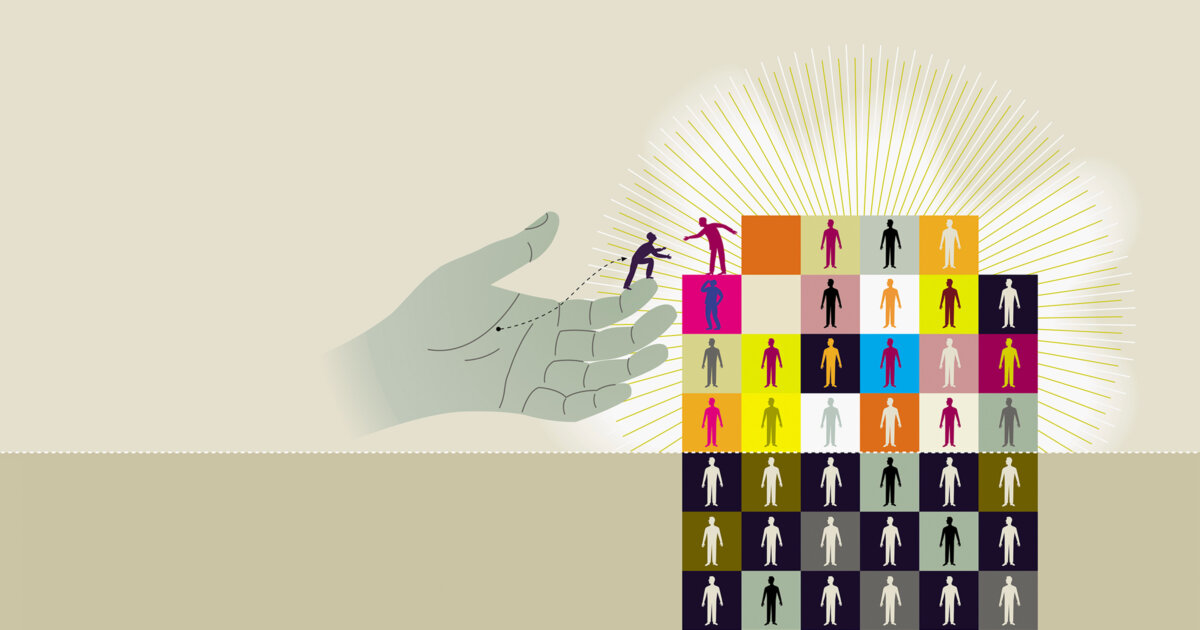








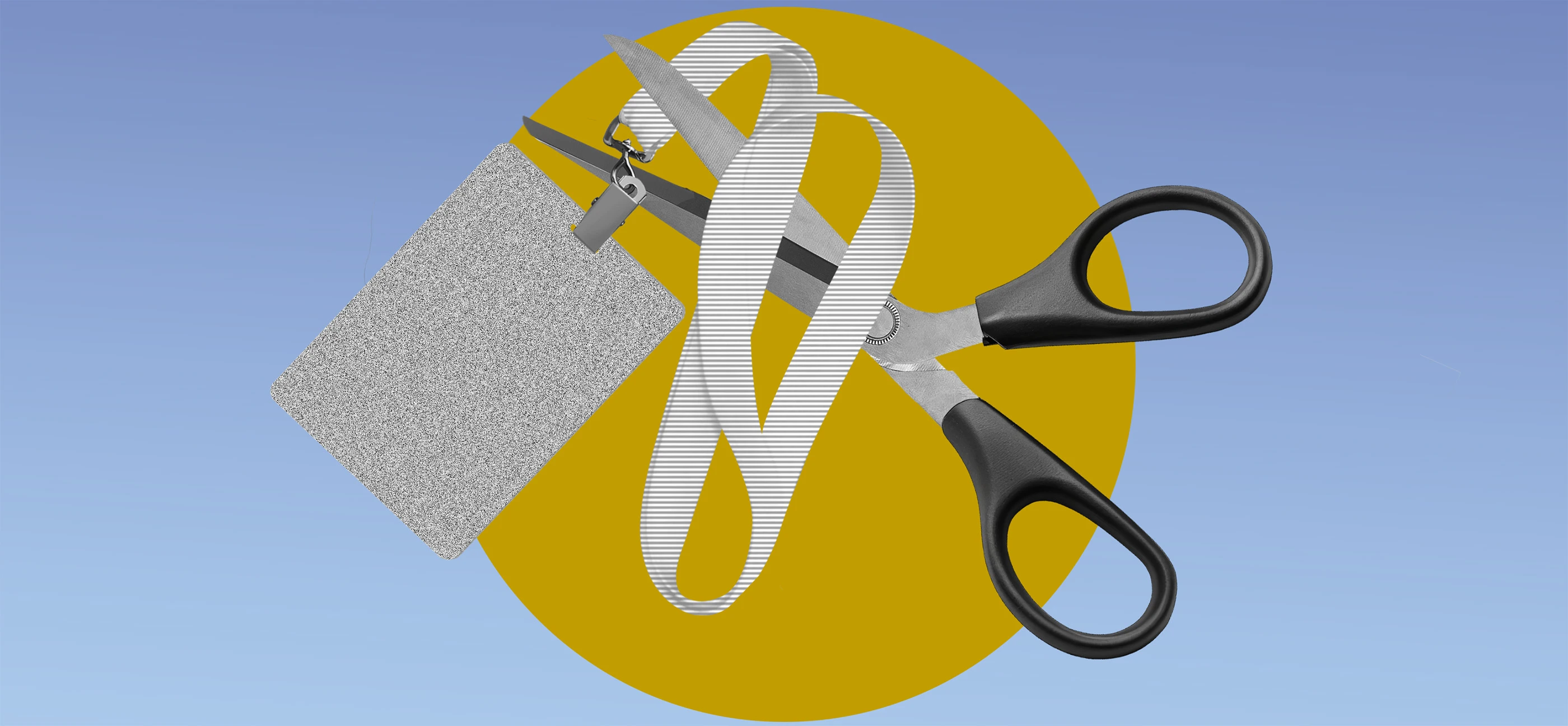





























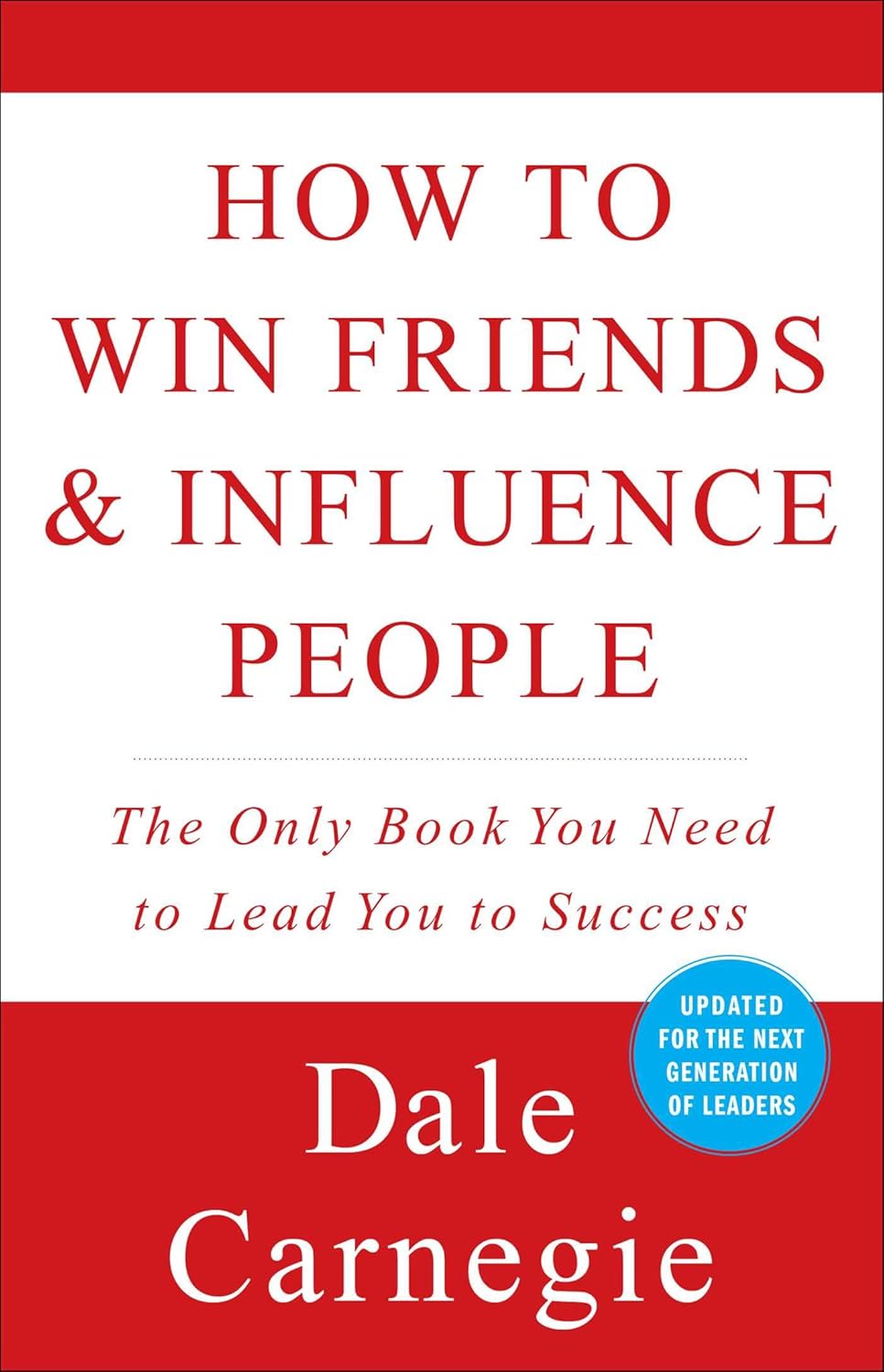
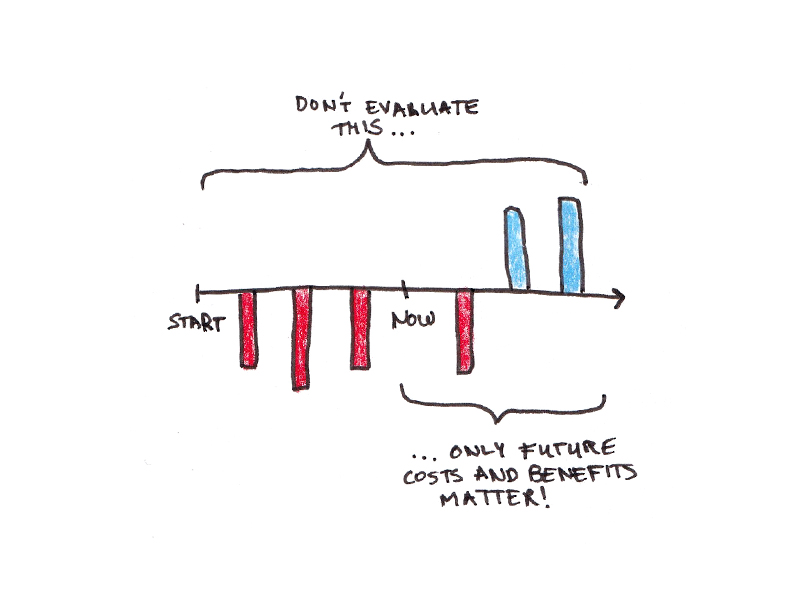













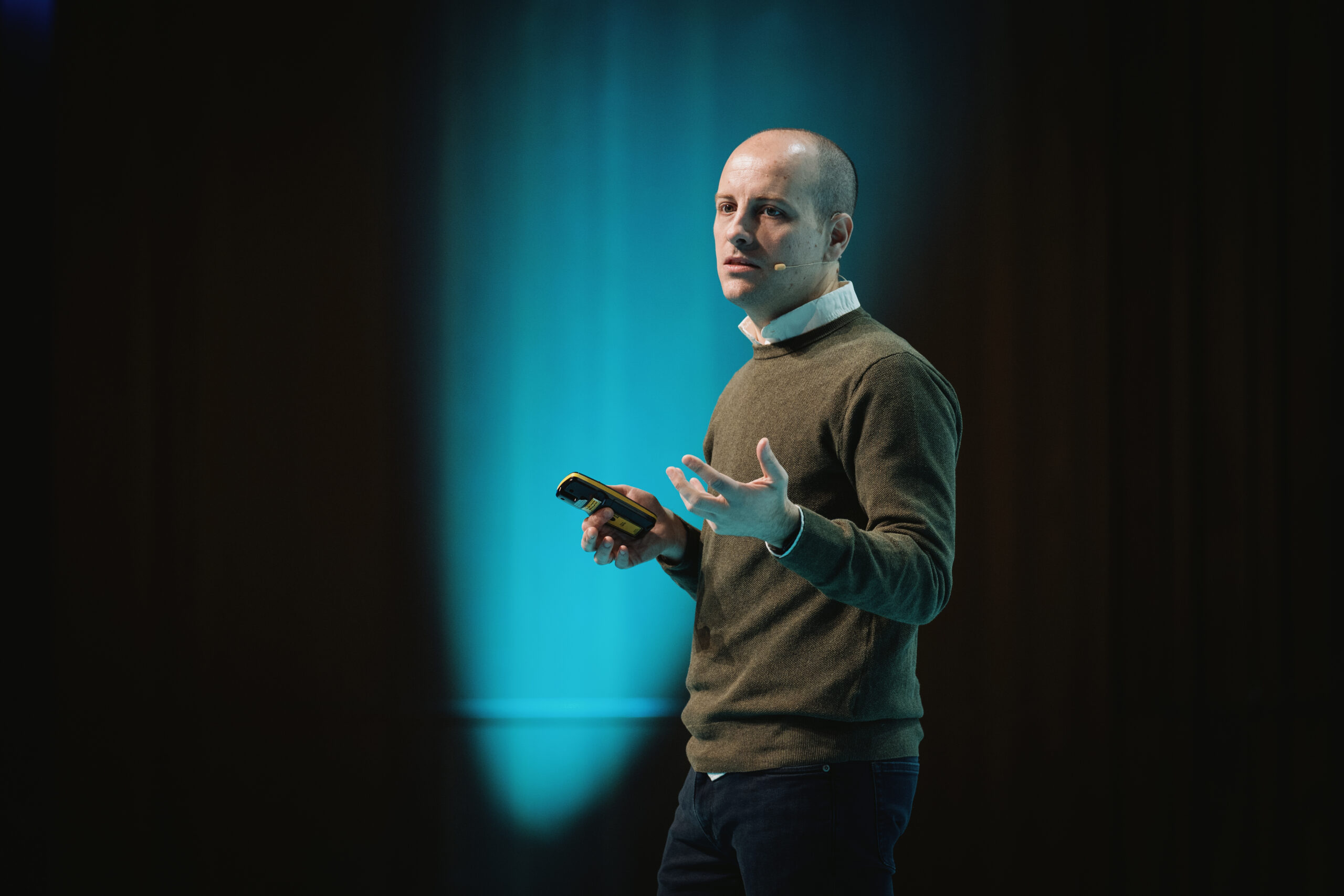


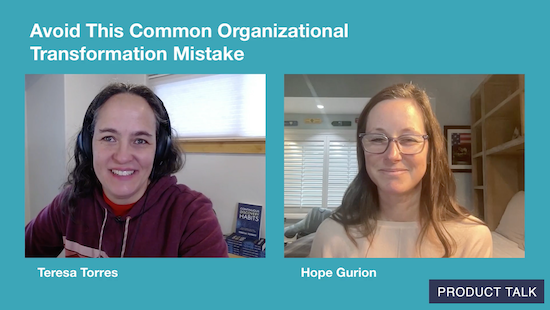
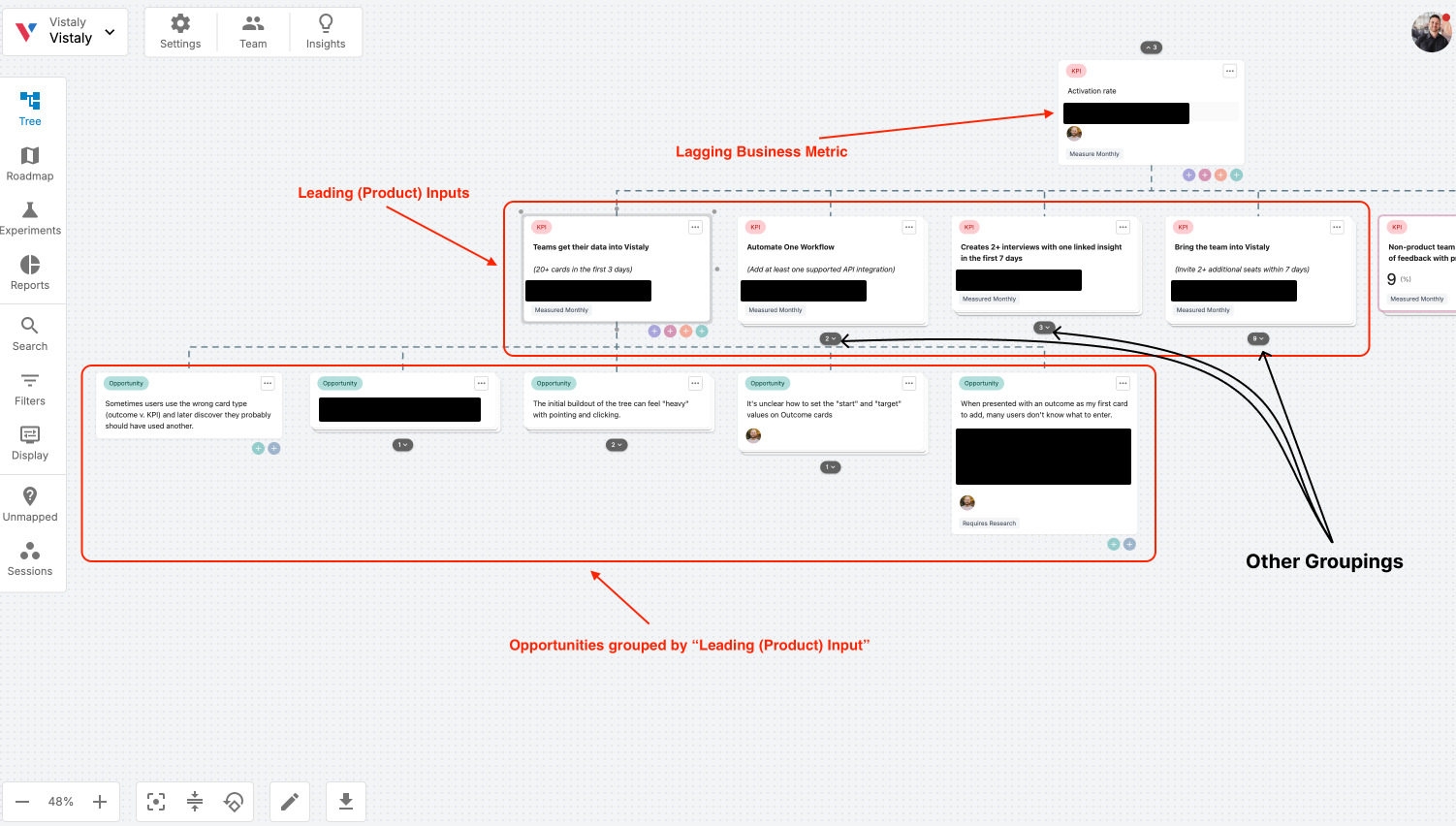
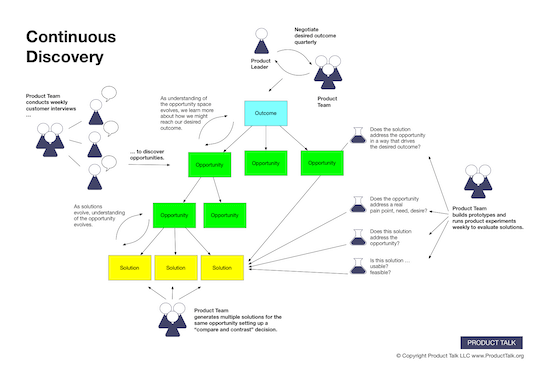



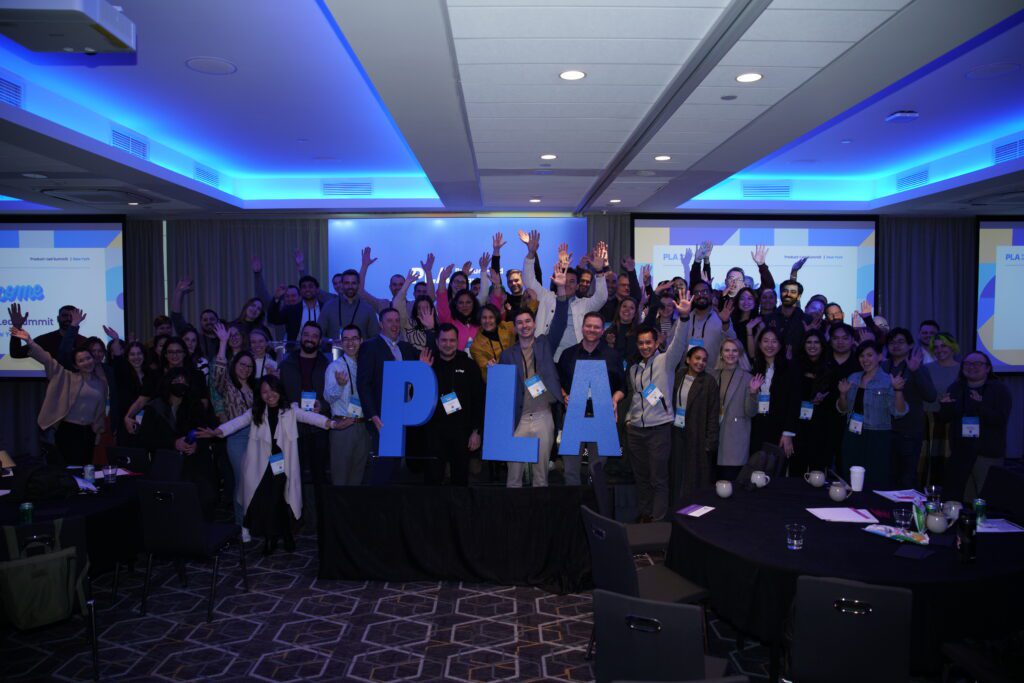










![Building A Digital PR Strategy: 10 Essential Steps for Beginners [With Examples]](https://buzzsumo.com/wp-content/uploads/2023/09/Building-A-Digital-PR-Strategy-10-Essential-Steps-for-Beginners-With-Examples-bblog-masthead.jpg)


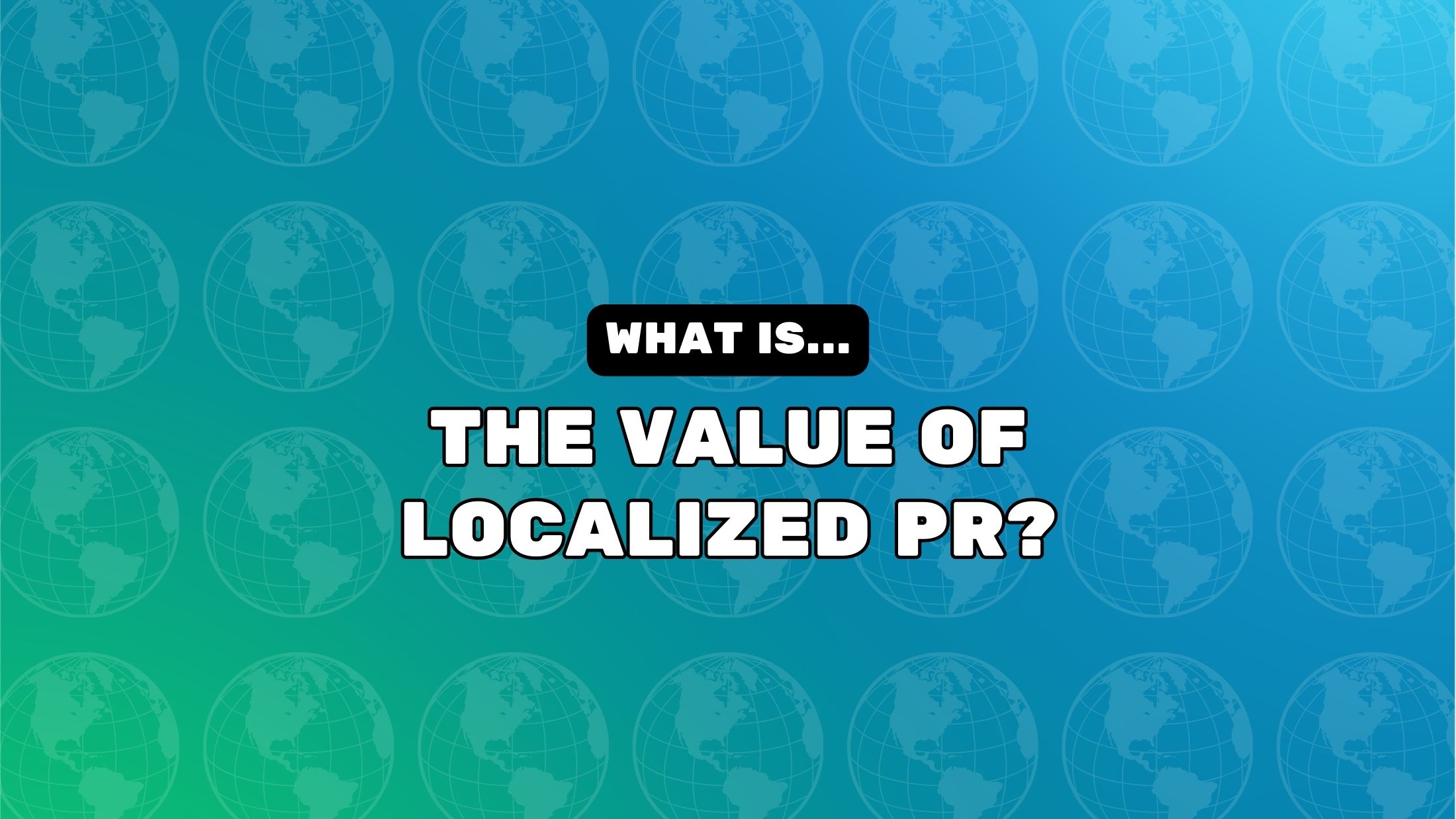
![How One Brand Solved the Marketing Attribution Puzzle [Video]](https://contentmarketinginstitute.com/wp-content/uploads/2025/03/marketing-attribution-model-600x338.png?#)




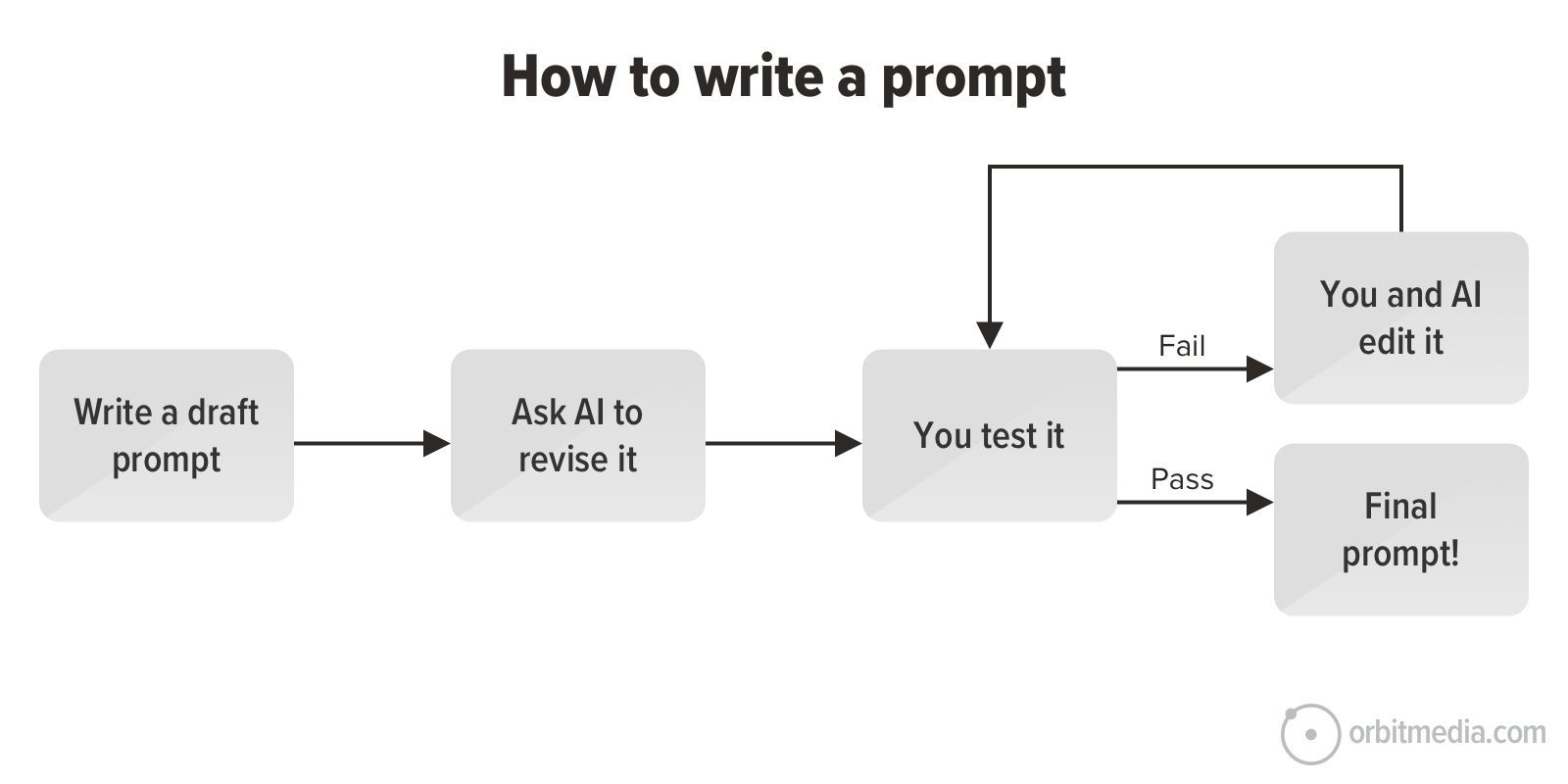
![How to Use GA4 to Track Social Media Traffic: 6 Questions, Answers and Insights [VIDEO]](https://www.orbitmedia.com/wp-content/uploads/2023/06/ab-testing.png)
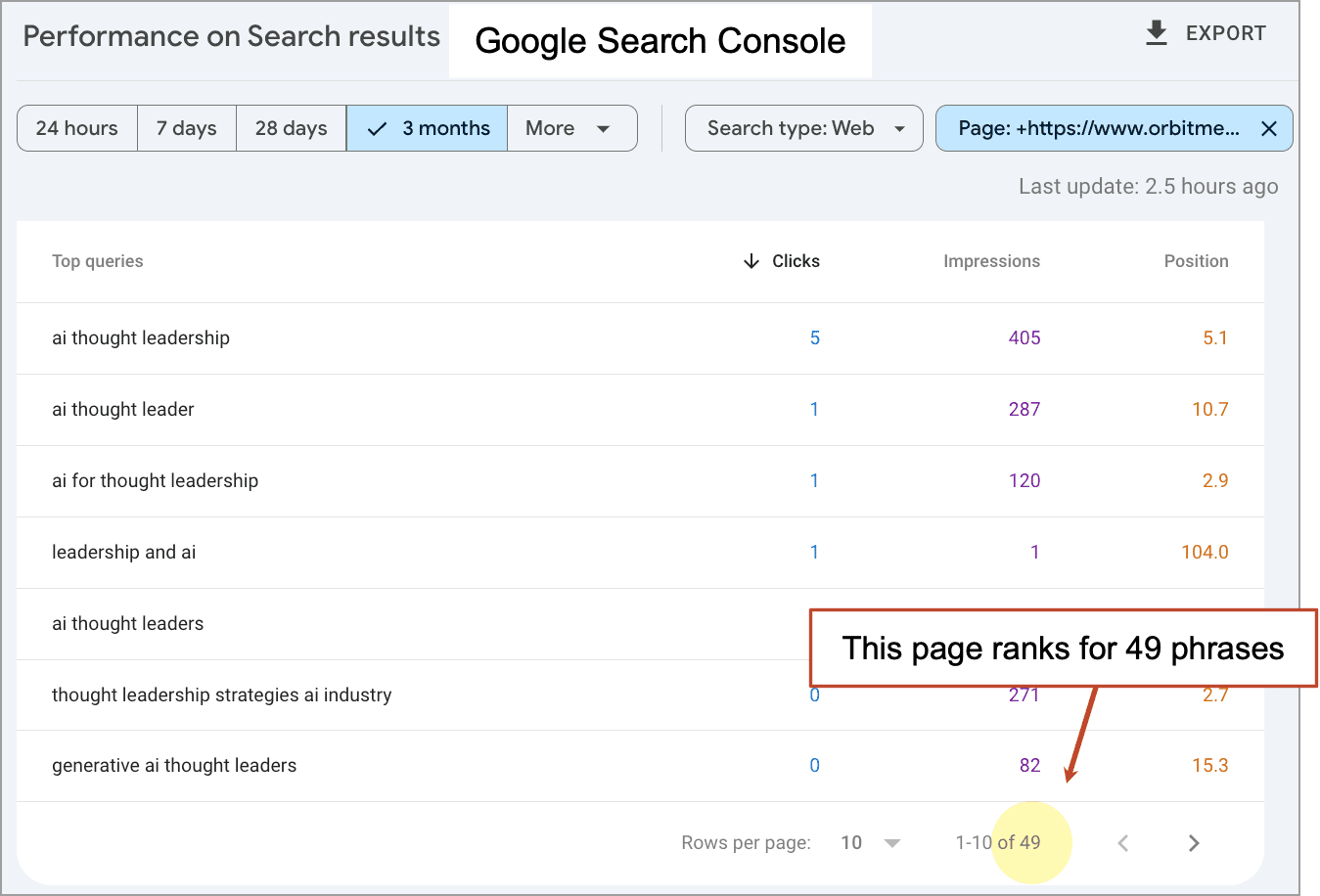








![[Hybrid] Graphic Designer in Malaysia](https://a5.behance.net/920d3ca46151f30e69b60159b53d15e34fb20338/img/site/generic-share.png)






















